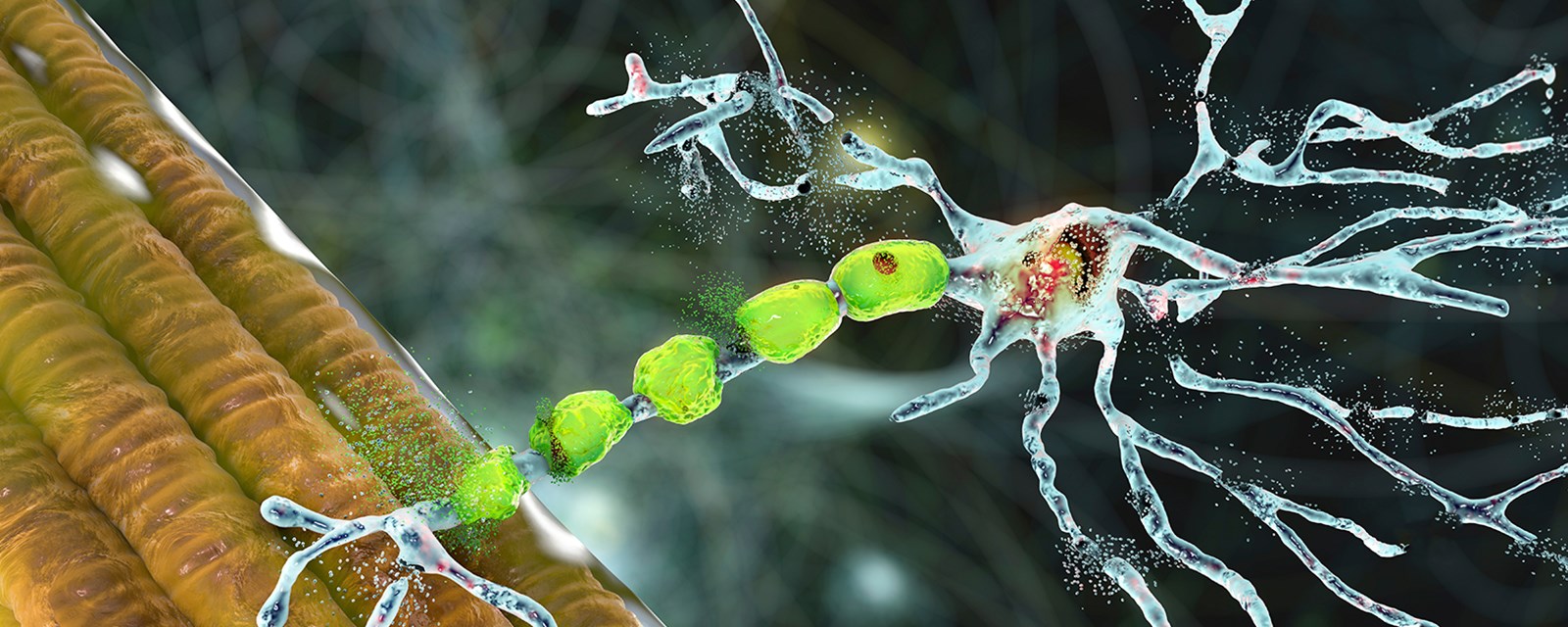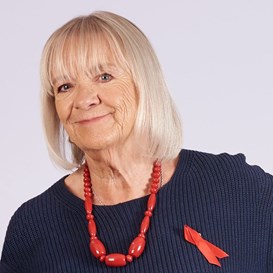
A cause for hope as new treatments for painful neuropathies emerge
“Between 22% and 44% of people with HIV are going to be affected by distal symmetric polyneuropathy. I just happened to be one of them,” said Jo Josh, founding member of the Global HIV Pain Task Force, when she gave the patient keynote address at a Royal Society of Medicine clinical masterclass on treatments for painful neuropathies.
Describing her own experience as “the ironic juxtaposition of not being able to actually feel the ground, or sometimes feel your feet even, but having a lot of very sharp and acute pain,” she went on to talk about how her life changed for the better when in 2016 she was referred to a pain clinic.
There she saw a nerve and muscle conductivity specialist who confirmed that both her lower and upper limbs were affected. “It helped just to know that it was really happening, that there was actually a physical cause for this,” she said, adding: “Everything was explained to me. If you’re going to manage your long-term condition, you need to actually understand it.”
Relating how pain itself is a condition that causes stigma, she also talked about the difficulties people have describing their pain. “You can't see pain. You actually can't measure it.”

Jo Josh, patient advocate and founding member of the Global HIV Pain Task Force
Chaired by Dr Hadi Manji, consultant neurologist at the National Hospital for Neurology and Neurosurgery, the masterclass brought together experts to discuss the most recent clinical developments in emerging therapies.
Dr Prashanth Vas, consultant diabetologist and diabetic foot physician at King's College Hospital, highlighted the results of the recent OPTION-DM trial, published in The Lancet, which assessed the efficacy and tolerability of different combinations of first-line drugs for treatment of diabetic peripheral neuropathic pain.
From The London Clinic, Dr Stephanie Barrett, consultant physician and rheumatologist, and her colleague Mr Elliot Nation, an osteopath specialising in magnetic stimulation therapies, described the breakthroughs they have achieved in treating patients who have suffered from widespread body pain using the non-invasive brain stimulation technique known as repetitive transcranial magnetic stimulation (RTMS).
Fellow osteopath Mr Julian Viner, of the Diagnostic and Laser Therapy Clinic, explained how he is using photo biomodulation therapy to treat pain, together with its potential for positive systemic effects. And Mr David Hohenschurz-Schmidt, researcher at the Pain Group at Imperial College London, described a new research programme seeking to integrate a number of non-pharmacological interventions to help osteopaths, and potentially other allied health professionals, to work with people with painful diabetic neuropathy.
Finally, Dr Anthony Ordman, consultant in pain medicine and past president of the Pain Medicine Section at the Royal Society of Medicine, explained the prescribing of medical cannabinoids for the treatment of neuropathic pain.
In the following panel discussion, topics ranged from the disparity of treatments between the NHS and private sector, to the challenges for frontline clinicians and for people sitting on NICE guidance committees on how to go about exploring and teasing out the evidence for the use of new and alternative therapies for the treatment of neuropathic pain.
As Dr Ordman put it: “The thing about pain is that the population of people with a particular pain condition is not heterogenous. It’s a whole series of subpopulations with different genetics, different life experiences and different this, that and the other. Therefore, the fundamental statistics that govern the randomised controlled trial … don’t really apply to all of those sub populations.”
Summing up the discussions, Dr Manji said he believed there is optimism in terms of treatment for painful peripheral neuropathy. “We’ve got combination therapies which have been shown in good studies to be helpful. We’ve got magnetic stimulation, central and peripheral … sounds promising, but we need the data. We’ve got laser therapy, again, promising, but we need good data. And then we need the right sort of trials for multimodal therapies…the combination of psychological and physical treatments.”
The last word went to patient advocate Jo Josh: “One thing I would really like to see is there being more opportunity for people who … suffer from peripheral neuropathy to a) be diagnosed, and b) see people who can offer them therapies.”
‘A clinical masterclass on treatments for painful neuropathies’ took place at the Royal Society of Medicine on Monday 20 March 2023, with the generous support of the Alan and Sheila Diamond Charitable Trust. Watch the recording on our YouTube channel.
